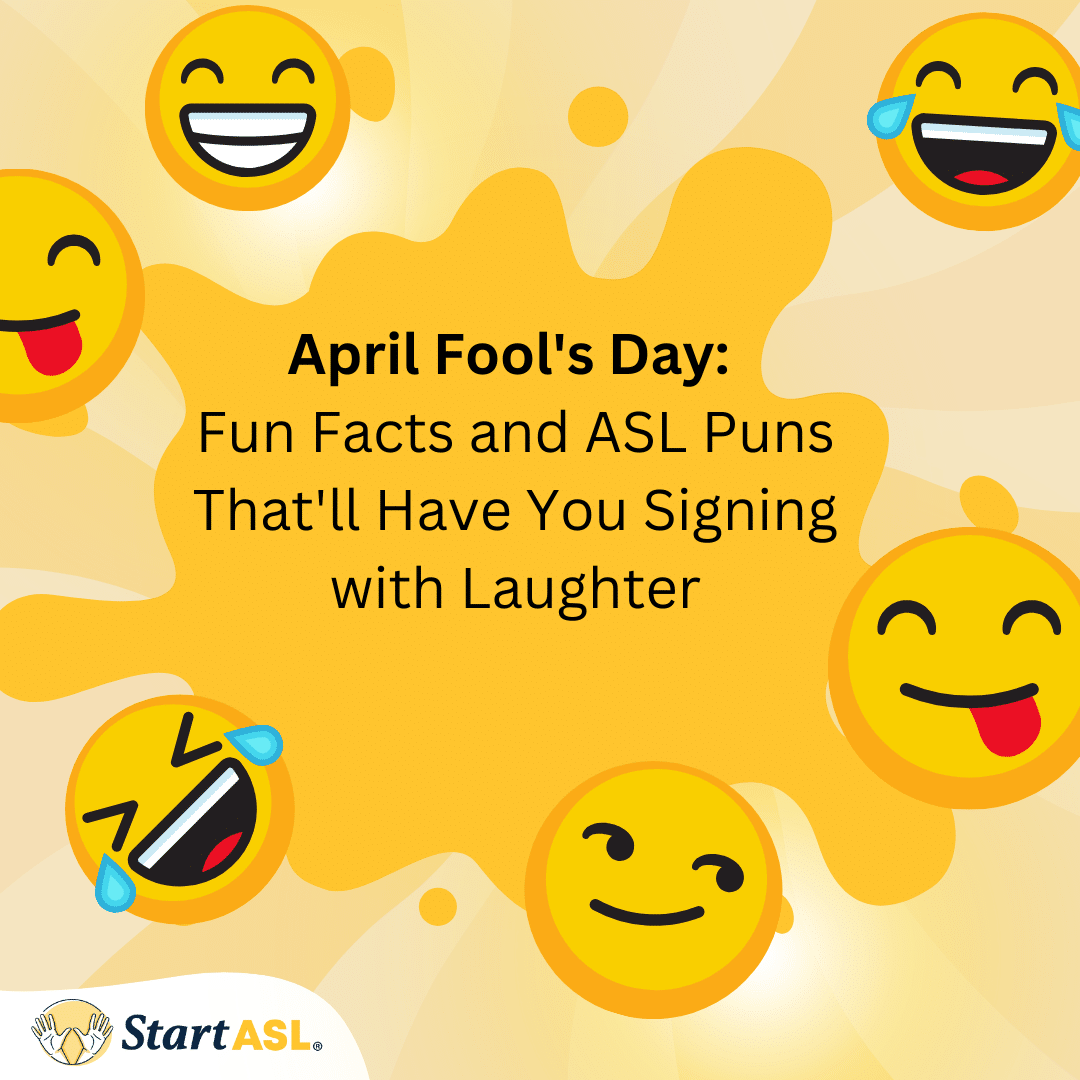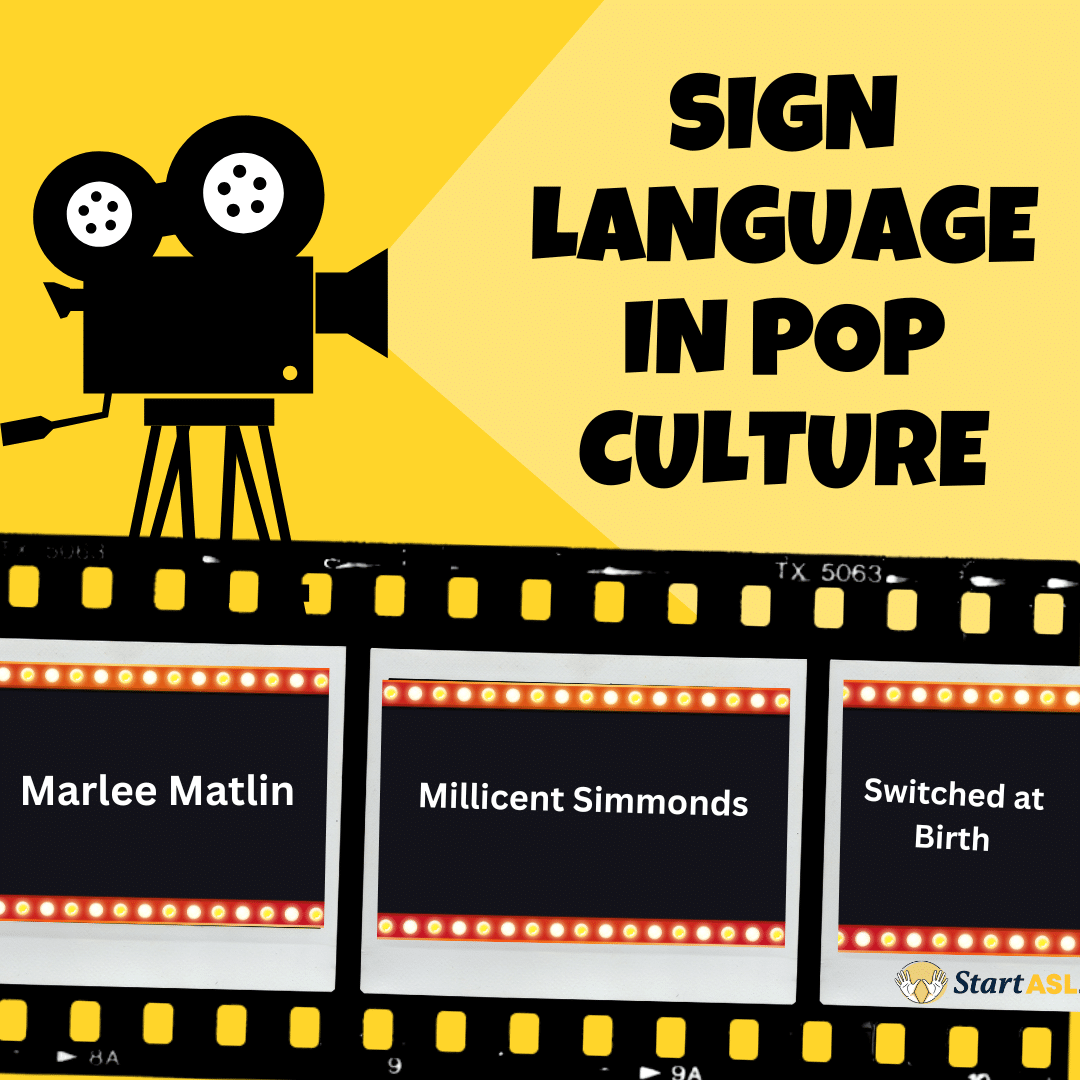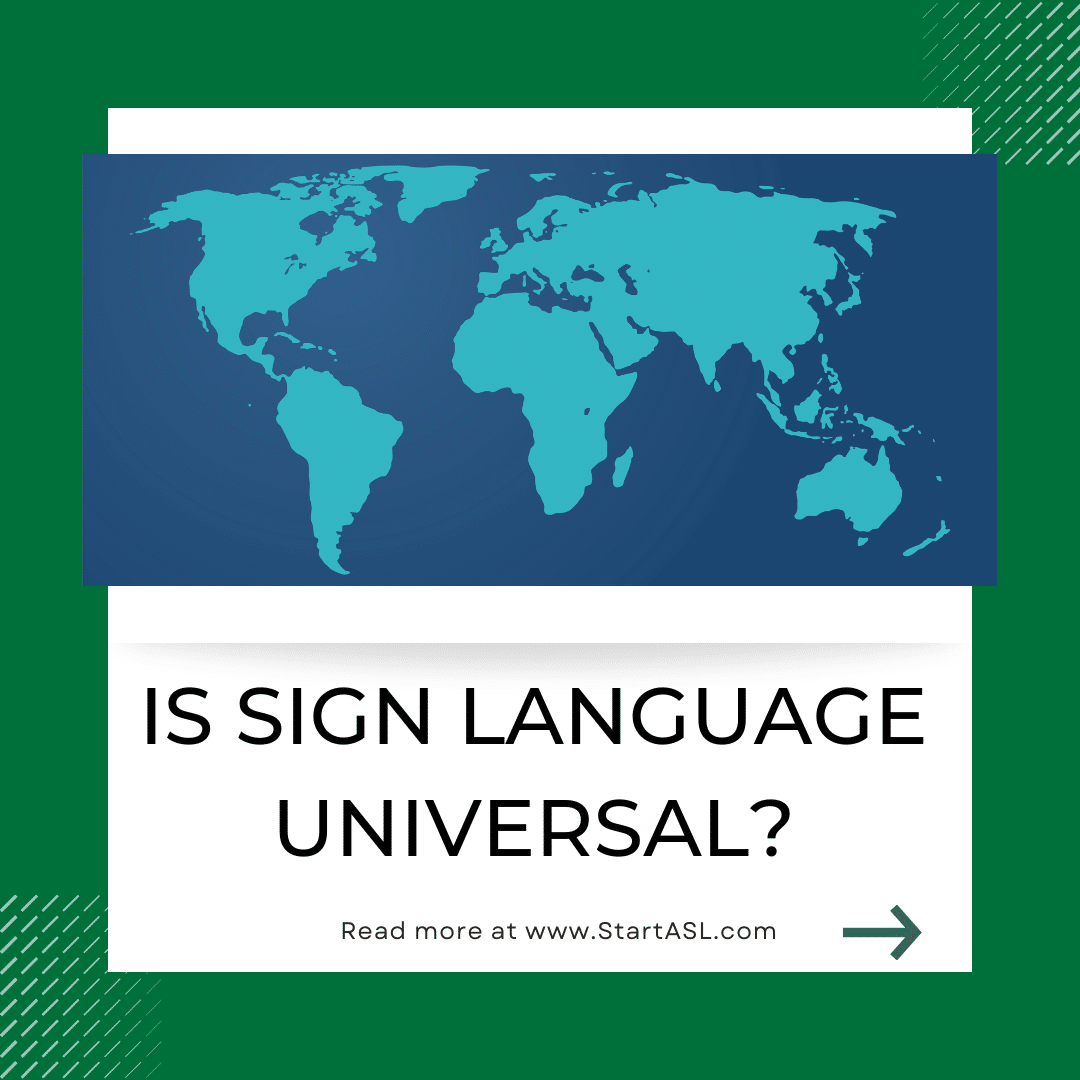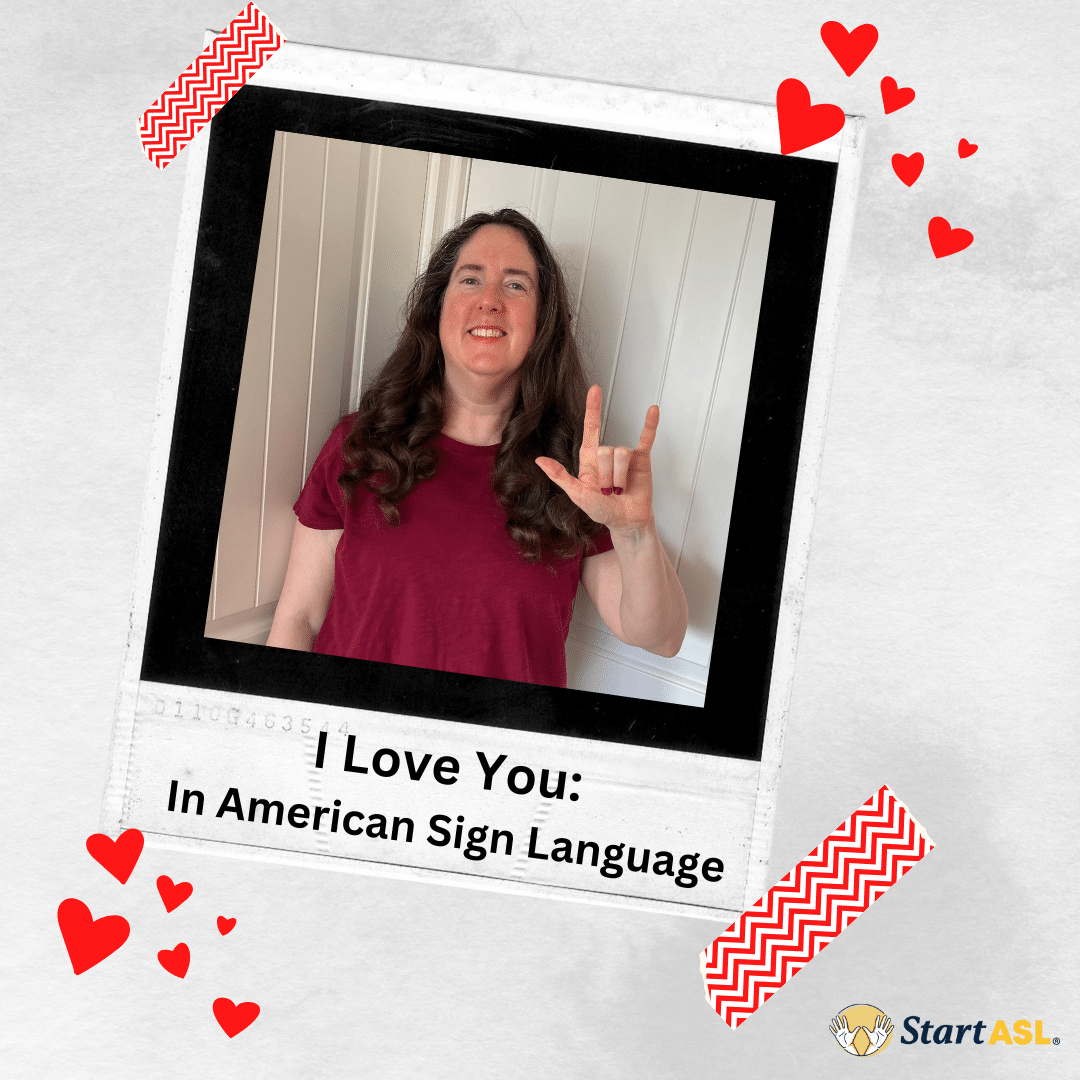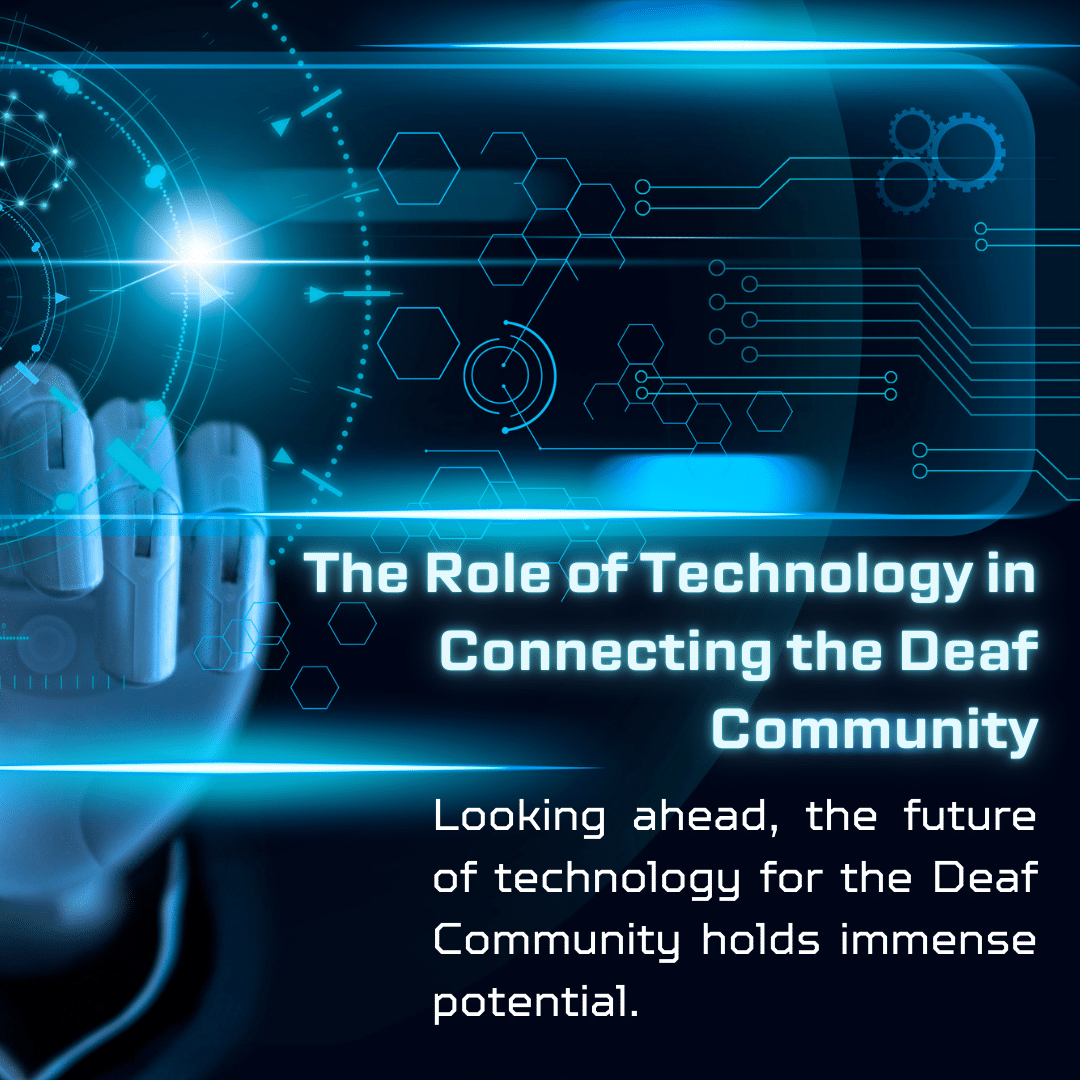
Irish Sign Language and St. Patrick’s Day in American Sign Language
- by Katelyn Cheng
- No Comments
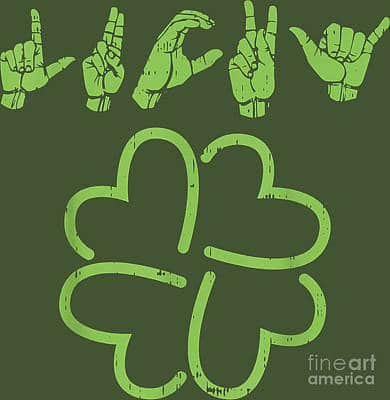
You can watch this story explained in ASL.
There are many Irish Americans who commemorate the death of St. Patrick, the patron saint of Ireland. Since this holiday are important to the Irish community, many people will celebrate St. Patrick’s Day to honor Irish heritage and its rich culture and traditions. Cities all over the U.S. celebrate with parades and festivities. The most famous of these annual festival traditions includes the Boston parade, with its first parade in 1737; the New York City parade, which began in 1762; and the Savannah, Georgia, parade which started in 1812. Irish Americans, especially those who arrived in the U.S. in the 1840s, have had to overcome much suffering. The Great Potato Famine of 1845-49 claimed the lives of 1 million Irish back on the Isle of Erin (Ireland is also called Eire). To escape starvation, those that could immigrated to America. Most of the Irish who settled in the U.S. during this period arrived with little education and few material possessions. As a result, they encountered poverty and discrimination. Most were Catholics and also suffered because of longstanding prejudices against their religion. But Irish Americans showed their strength and courage.
Here is a throwback to a fun funny St. Patrick’s Day video.
Irish Sign Language (ISL) is mainly used in the Republic of Ireland. It is weird to think about because Ireland is part of the UK but it has its own sign language. Britain has their own language of British Sign Language (BSL). In Northern Ireland, both Irish Sign Language and British Sign Language are used. ISL is very similar to American Sign Language (ASL) than it is to BSL. One example is that the fingerspelling in ASL and ISL is very similar with several letter differences. ASL and ISL signers only use one hand to finger spell. However, in BSL, signers use two hands to finger spell the alphabet. Here is an example of how the ASL and ISL alphabet are similar and BSL is very different:
ASL
ISL:
BSL:
ISL is the first and/or preferred language of 5000 Deaf people in Ireland and approximately 40,000 hearing people in general will communicate in ISL (family, friends, co-workers, etc). People in UK, Ireland, and the US primary spoken language is English but each sign languages are different. ISL has no relation with English or Irish. American Sign Language derived from French Sign Language (LSF); therefore the signs in LSF and ASL are very similar to each other. ISL is the indigenous and primary language of the Deaf community that arose between 1846 and 1849. This sign language has its own linguistic structure, rules and features. It is a visual and spatial language with its own distinct grammar and not only is it a language of the hands, but also of the face and body. ISL derived from ASL, BSL, FSL, etc and influenced sign languages in South Africa and Australia. ISL was brought to Australia, South Africa, Scotland, and England by Catholic missionaries. You can still see remnants of ISL in some variations of BSL and used by some elderly Auslan Catholics today.
The first deaf school in Ireland was founded by Dr. Charles Orpen in 1816. Originally, these schools did not teach children to speak. It wasn’t until 1887 that there was a reported change from manual to oral deaf education. The switch to oral education came later with the Catholic schools. St. Mary’s School for Deaf Girls switched to an oral approach in 1946 and St. Joseph’s School for Deaf Boys switched in 1956. This didn’t become an official state policy until 1972. Like in the US, sign language was suppressed when schools moved to the oral approach.
An interesting fact is that because there were (and are) separate Catholic schools for boys and girls, there was a “gender Irish Sign Language” variation that was created. Males and females would use different signs for the same word and the girls would learn the boys’ signs through dating and marriage.
Similarly to the Deaf community in America, the Deaf people in Ireland see themselves as linguistic and cultural minority group as opposed to being disabled.
Happy St. Patrick’s Day in ASL and ISL.
Watch interviews of Deaf people and ISL.
Start ASL instructor Megan Clancy is 100% Irish and she shares several fun facts about St. Patrick’s Day. Check them out below.
- What is the ASL sign for Ireland?
- Why is St. Patrick’s Day celebrated on March 17? St. Patrick died on March 17 in Ireland.
- What do you wear on March 17th? Green.
- Do you ever wonder why you need to wear green on St. Patrick’s Day? So Leprechauns can’t see you. If they can see you, they will pinch you as they are mean!
- Chicago celebrates St. Patrick’s Day by pouring green dye in a big river, how cool!
- Popular Irish last names are Clancy, Kelly, McCarthy, Doyle, Names with Mc___. There are many different Irish last names out there.
- In the US, there are St. Patrick’s Day parades. For example, Chicago, Boston, Washington D.C., Savannah Georgia, New Orleans, New York City, San Francisco. I know Boston and Washington D.C. well. I want to see all of those parades, cool! I love listening to the parade music. I love that!
- Boston has its famous St. Patrick’s Day parade, cool!
- Red hair is common in Ireland.
- Popular Irish music is bagpipes.
- Danny Boy is a famous Irish song.
- There are St. Patrick’s Day movies like The Luck of the Irish on Disney Channel and a scary movie, The Leprechaun.
- If you find a 4-leaf clover, you will have good luck! They’re hard to find!
- Popular Irish food for St. Patrick’s Day are as follows Soda Bread and black and white pudding.
- Have you heard of soda bread? What is in soda bread? It’s pretty simple. Flour, raisins, and anise, and important ingredient.
- Megan’s mom cooks corned beef with potatoes every year for St. Patrick’s Day.
- Megan’s favorite St. Patrick’s Day dessert is mint ice cream.
- Which Hollywood stars are Irish? There are many. For example, Pierce Brosnan, Liam Neeson, Colin Farrell.
- ASL sign for Good Luck!
Enjoy St. Patrick’s Day jokes.
- Why are leprechauns so good at gardening? They have green thumbs!
- Why are the Irish so concerned about global warming? They’re really into green living.
- When does a leprechaun cross the road? When it’s green!
- Why did the leprechaun climb over the rainbow? To get to the other side!
- Why shouldn’t you iron a four-leaved clover? You don’t want to press your luck.
- What’s a leprechaun’s favorite cereal? Lucky Charms!
Other jokes to enjoy:
- When is an Irish potato not an Irish potato? When he is a French fry!
- Where can you always find gold on St. Patty’s Day? In the dictionary.
- Why do frogs love St. Paddy’s Day? Everyone’s wearing green!


